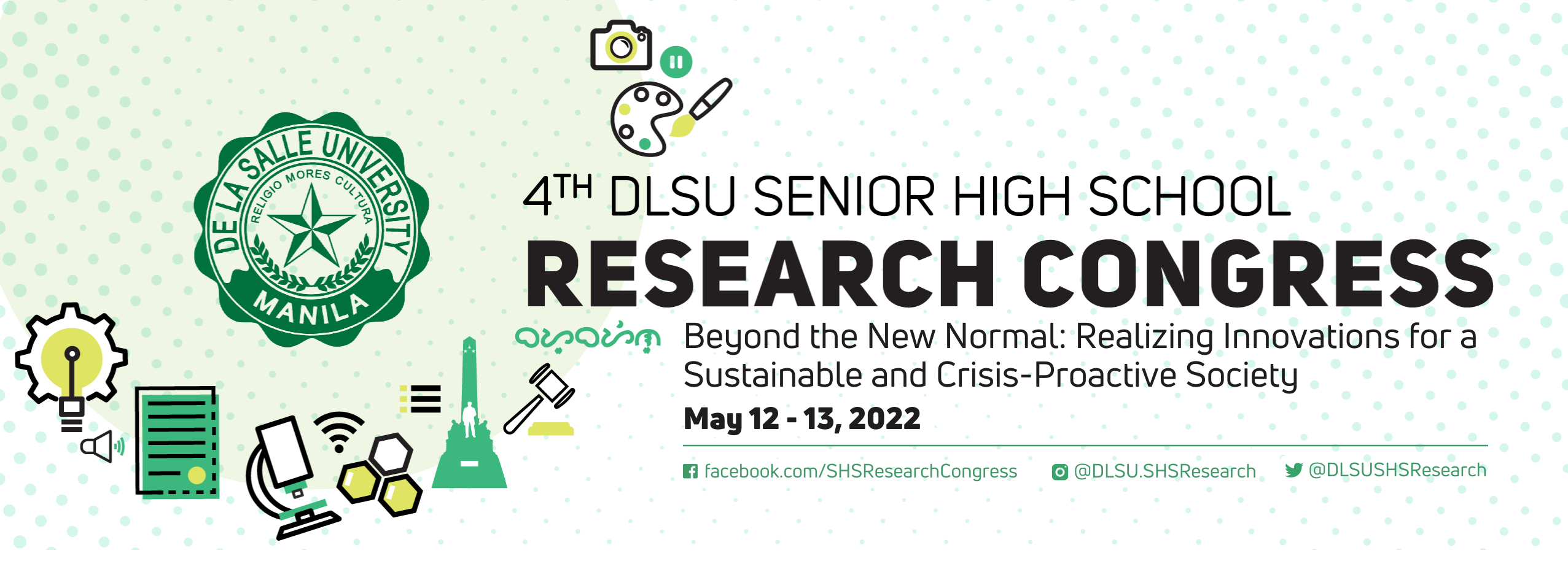Document Types
Arts and Design Research Presentation
Research Advisor (Last Name, First Name, Middle Initial)
Jerilou Marie A. Buted
Start Date
12-5-2022 1:00 PM
End Date
13-5-2022 12:00 PM
Abstract/Executive Summary
As young artists reach the milestone of choosing the career path, they assess their passions to decide if they will continue art professionally. Extrinsic factors like lack of income or parental disapproval attribute to the dispassion among students. This study aims to compact discussions of young artists’ dispassion into a story-driven video game. As gaming trends increase throughout the years with role playing games tackling heavy issues, presenting the findings in this study through the use of game development effectively explores the perspective of dispassionate artists. For artists, passion is the focal point of their end product. Cognitive dissonance theory implies that intrinsic and extrinsic motivation affect the gauge of passion within a person which is the driving force of a person to actively commence a task. In a focused group discussion among Grade 12 art students, dispassion is caused by the lack of intrinsic motivation due to the lack of support for art careers, contributing to the stigma of society toward the difficulty of having an income while pursuing an art career. Without proper self-care, the deterioration of their sense of self invalidates their perception of themself, leading to the loss of passion.
Keywords
dispassion; impostor syndrome; art block; motivation; cognitive dissonance theory
Research Theme (for Paper Presentation and Poster Presentation submissions only)
Digital Arts (DA)
Included in
Zenosyne: A Game Design Concept Assimilating Dispassion in Young Artists Through the Use of Storytelling and Game Design Principles
Jaime Hilario Virtual Auditorium 2
As young artists reach the milestone of choosing the career path, they assess their passions to decide if they will continue art professionally. Extrinsic factors like lack of income or parental disapproval attribute to the dispassion among students. This study aims to compact discussions of young artists’ dispassion into a story-driven video game. As gaming trends increase throughout the years with role playing games tackling heavy issues, presenting the findings in this study through the use of game development effectively explores the perspective of dispassionate artists. For artists, passion is the focal point of their end product. Cognitive dissonance theory implies that intrinsic and extrinsic motivation affect the gauge of passion within a person which is the driving force of a person to actively commence a task. In a focused group discussion among Grade 12 art students, dispassion is caused by the lack of intrinsic motivation due to the lack of support for art careers, contributing to the stigma of society toward the difficulty of having an income while pursuing an art career. Without proper self-care, the deterioration of their sense of self invalidates their perception of themself, leading to the loss of passion.


